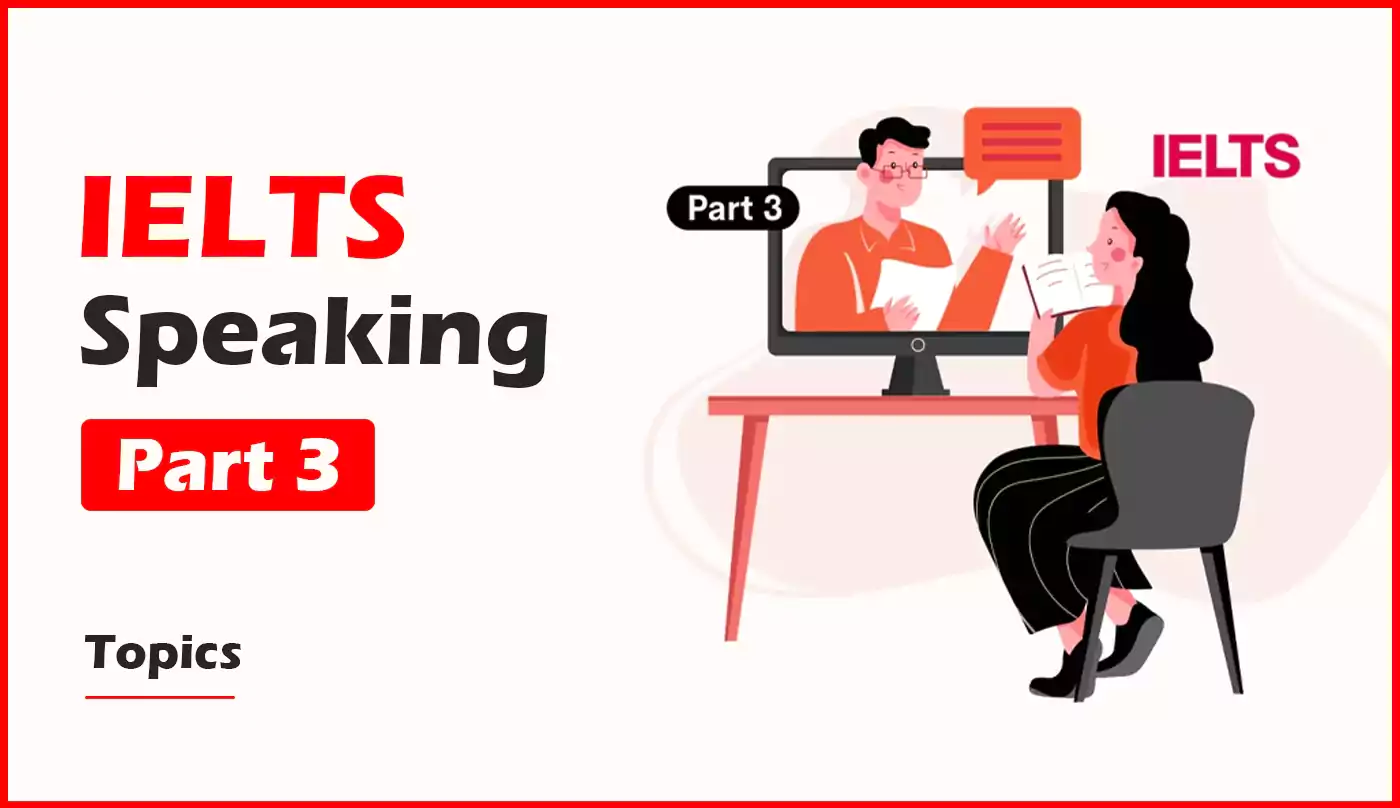Introduction: The International English Language Testing System (IELTS) is a crucial milestone for individuals seeking to study, work, or migrate to English-speaking countries. Among its four components, the speaking section often induces the most anxiety in test-takers. However, with the right approach and preparation, conquering the IELTS speaking test is entirely achievable. In this article, we’ll delve into effective strategies and tips to excel in the IELTS speaking section.
Understanding the IELTS Speaking Test Structure: Before delving into strategies, it’s essential to understand the structure of the IELTS speaking test. The speaking test consists of three parts, each designed to assess different aspects of your English proficiency.

- Part 1: Introduction and Interview
- This section lasts around 4-5 minutes.
- The examiner introduces themselves and asks you general questions about yourself, your family, work, studies, and interests.
- The purpose is to assess your ability to engage in a conversation on familiar topics.
- Part 2: Long Turn
- In this section, you receive a task card with a topic and prompts.
- You have 1 minute to prepare and make notes, followed by speaking for 1-2 minutes on the given topic.
- The task aims to evaluate your ability to speak at length on a specific subject.
- Part 3: Discussion
- Lasting about 4-5 minutes, this Ielts speaking part 3 part involves a discussion with the examiner.
- Questions here are connected to the topic in Part 2 but are more abstract and complex.
- The objective is to assess your ability to express and justify opinions and ideas.
Now that we’ve outlined the test structure, let’s explore strategies to enhance your performance in each section:
Effective Strategies for IELTS Speaking Success:
- Expand Your Vocabulary:
- Enrich your vocabulary by reading extensively and noting down new words.
- Use a variety of synonyms and idiomatic expressions to demonstrate lexical range.
- Practice incorporating these words naturally into your speech.
- Focus on Fluency and Coherence:
- Aim for smooth and continuous speech without frequent pauses or hesitations.
- Use linking words and phrases (e.g., moreover, however, consequently) to connect ideas and maintain coherence.
- Practice speaking at a moderate pace, ensuring clarity and coherence.
- Develop Pronunciation and Intonation:
- Work on pronouncing words accurately, paying attention to stress and intonation patterns.
- Listen to native speakers and imitate their pronunciation to improve your own.
- Practice tongue twisters and reading aloud to enhance pronunciation skills.
- Organize Your Thoughts:
- Take advantage of the 1-minute preparation time in Part 2 to brainstorm ideas and create a structured response.
- Use the notes you’ve made to guide your speech and ensure a logical flow of ideas.
- Practice organizing your thoughts efficiently to deliver coherent responses.
- Engage in Mock Speaking Tests:
- Familiarize yourself with the test format by participating in mock speaking tests.
- Seek feedback from teachers or peers on areas needing improvement, such as pronunciation, vocabulary usage, and coherence.
- Simulate test conditions as closely as possible to build confidence and reduce anxiety.
Conclusion: Mastering the IELTS speaking test requires a combination of linguistic skills, strategy, and practice. By understanding the test format and implementing effective strategies, you can boost your confidence and performance on test day. Remember to focus on vocabulary expansion, fluency, coherence, pronunciation, and organization of thoughts. With dedication and consistent practice, achieving success in the IELTS speaking section is well within reach.
